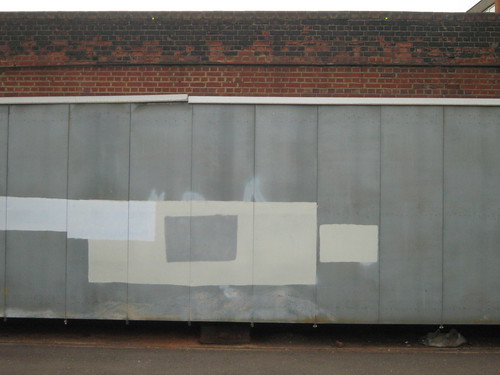
Here is an excerpt from an article titled 'Critical Terms For Graffiti Study' writen by Caleb Neelon. It deals with the practice of graffiti removal known as buffing. The full article is here
Buffing means removing graffiti. Originally, this referred to the caustic chemical drive-through car wash that was devised for the New York subways. Writers now refer to any piece that has been taken from view by the authorities as "buffed." The original buff was an acid solution that left the subway cars a muddy mess - as opposed to a freshly painted car. Repainting the subways looked better, but the expedient buff, which smeared the tags and pieces beyond recognition, was perhaps cheaper, and prevailed. Later generations of New York';s subway cars were made from stainless steel, so as to be buffed more easily.
Cities take different approaches to taking graffiti from public view. I say "taking from public view" because in most cases, the graffiti is not removed, but painted over with a drab, standard color. Most cities pick one such color and stick with it - for example, Boston uses a light slate blue gray. New York City uses a burgundy. Chicago uses a pale brown. What these colors have in common is that they are arbitrary, ugly, and institutional: I imagine that some city must use the palest of greens, in chromatology the most placative and sedative of colors, and thus used in most prisons. These buff colors are also uniformly great surfaces for further graffiti. Cities rarely have a precise and specific color specified, but instead utilize various shades of their buff color. The result on frequently co-targeted walls is a kind of collage of different tones; a patchwork quilt of action and reaction.
Graffiti writers have taken this dynamic into consideration for years. The buff squads need graffiti to clean up to continue their livelihood, and graffiti writers, in an odd variant of the hostage/hostage-taker fondness called the Stockholm Syndrome, often need the buff to free up wall space again, get angry and motivated, and to keep things challenging and interesting. Many writers who engage in studio work will partially "buff" their own work as part of the final product. The reappropriation of the buff into something which can be sold is a fine last laugh at the authorities.
It's a strange experience to drive or ride the train through cities with a prominent buff and see a certain, arbitrary color so dominate its landscape. For instance, the burgundy of New York, the pale blue of Boston, and the pale brown of Chicago hold no special places in the hearts of their citizens. They aren't civic or sports team colors, nor do they refer to some special color of the genius loci, e.g. green in Ireland. The color of the urban buff is the arbitrary shade of officialdom in the city.

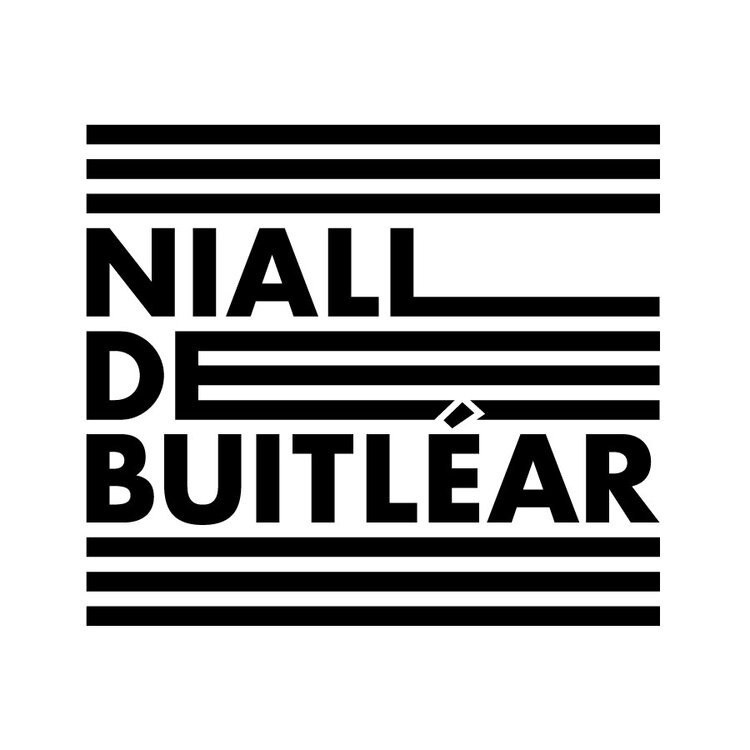

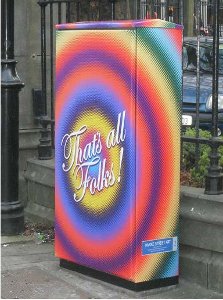

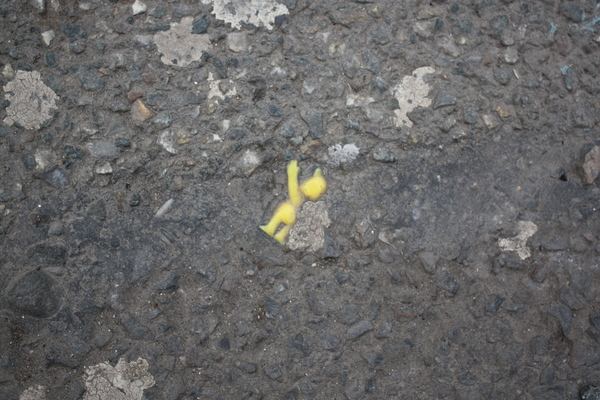
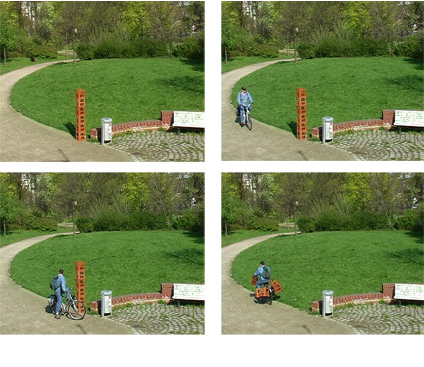 Stills from Sofia Hultén's video Events with Unknown Outcome.
Stills from Sofia Hultén's video Events with Unknown Outcome.